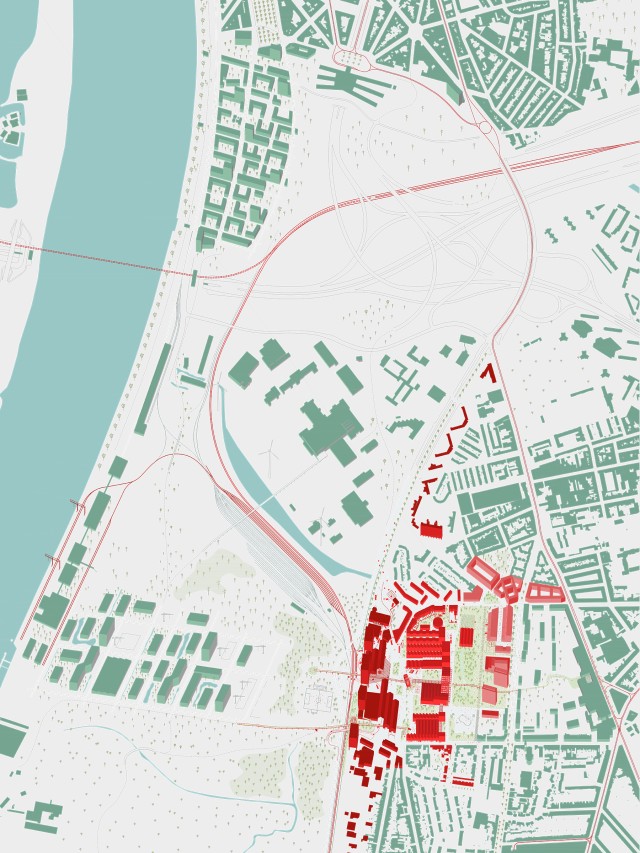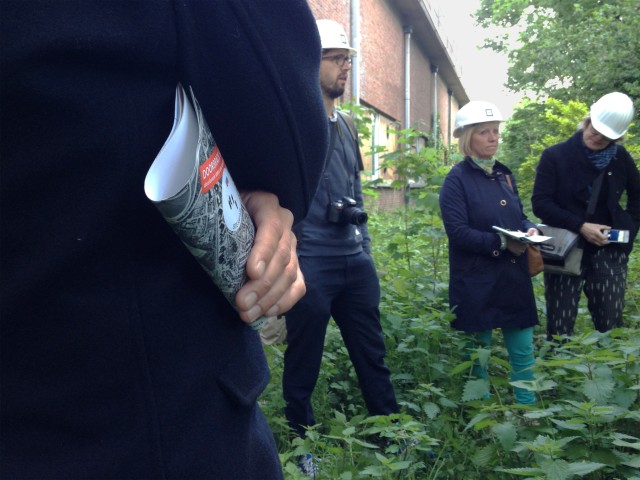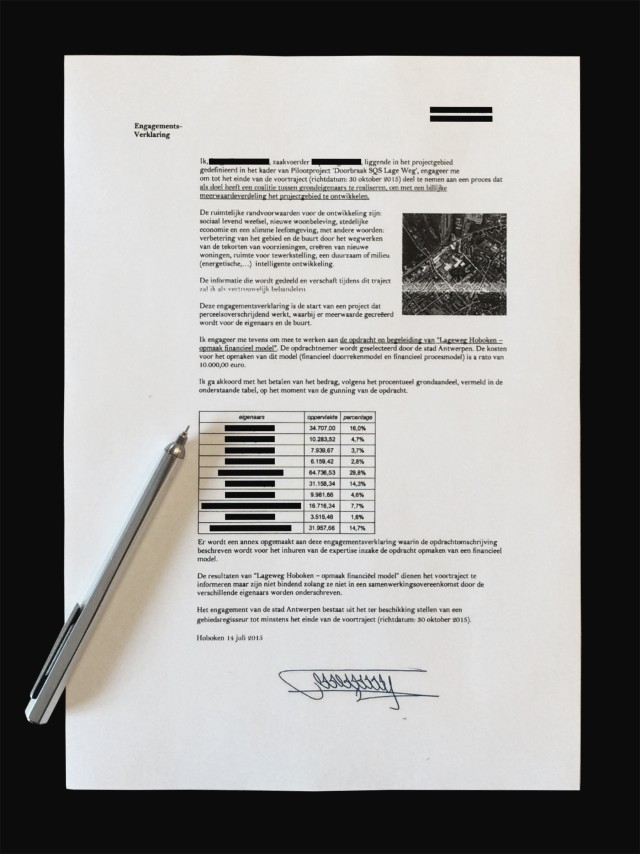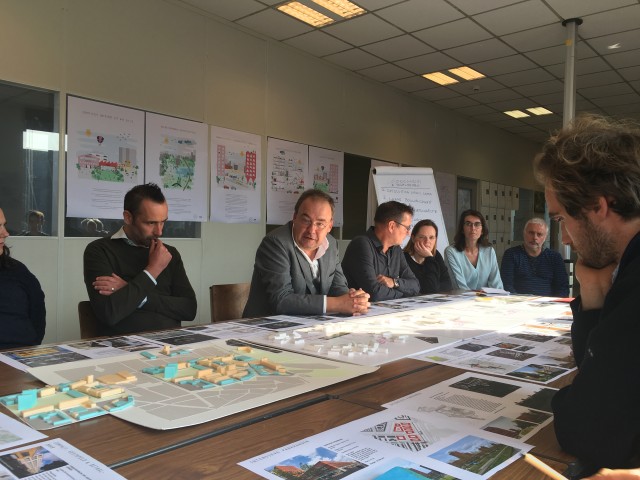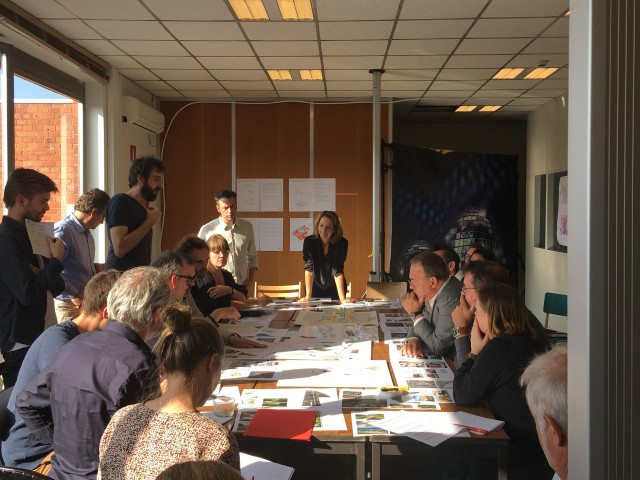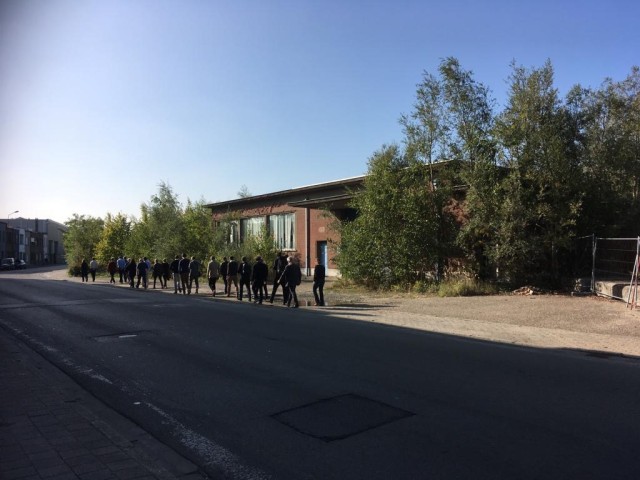Lage Weg
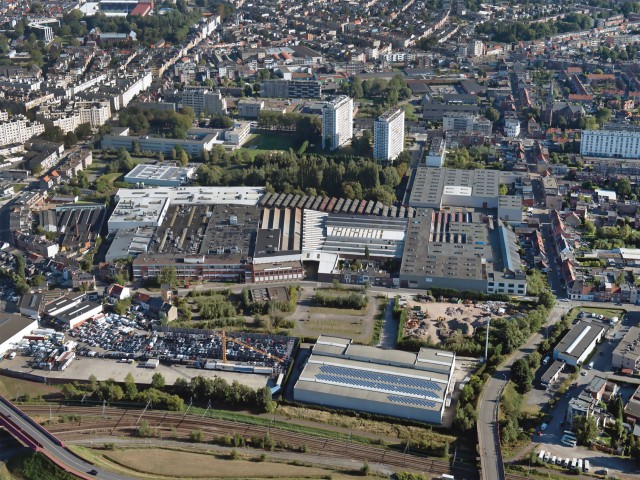
The challenge for the Lageweg pilot project consists in bringing about a coalition of policymakers, landowners, investors and other social actors. Our hypothesis was the following: by working from the start with the available capital (in the form of available property) and the available actors, we would increase the likelihood of a high-quality mixed development that was rooted in the neighbourhood. But what method makes it possible to involve everyone and to activate the available capital? What instruments can we use to forge a robust coalition capable of achieving a financially healthy and high-quality urban-renewal project?
During the process, the parties concerned were not merely ‘consulted’: a dialogue was instigated that was made of creativity, conflict and doubt. Beyond dialogue, this collaborative model also relied on other elements: making connections between the owners, integrating progressive insight, bringing about mutual trust, contributing according to one’s means, and supervising the quality of the process organization. In this model, solutions can no longer be developed in isolation. Indeed, because of the highly fragmented property structure and diverging interests, the traditional work method of the architect or urban planner who conceives a harmonious plan and implements it step by step no longer holds. Instead, a series of instruments were tested, attempting to establish new pairings between the different specializations in the project, between the various opinions and interests, and between different temporal perspectives. By means of these instruments we were able to test and reinforce the coalition, by finding out which proposals seemed most appealing, which concepts reinforced the coalition, and which questions demanded more detailed explanations.
In the wake of this coalition development, the project received additional funding from the Flemish Government (OVAM) for the conception of a development frame. Simultaneously, temporary use was implemented in the project perimeter, opening up sites to the neighbourhood that had remained inaccessible for a long time.
The Lageweg publication is accessible here.
-
Location
Antwerp, Belgium
-
Client
Stad Antwerpen, Kenniscentrum Vlaamse Steden, OVAM
-
Completion
2015
-
In collaboration with
Connect & Transform
-
51N4E involvement
Full process
-
51N4E project team
Freek Persyn, Dieter Leyssen, Ruben Janssens, Guillaume Boulanger
-
Full Publication
(link: https://www.vai.be/en/news/labo-xx-pilootproject-de-lageweg text: Click Here)
